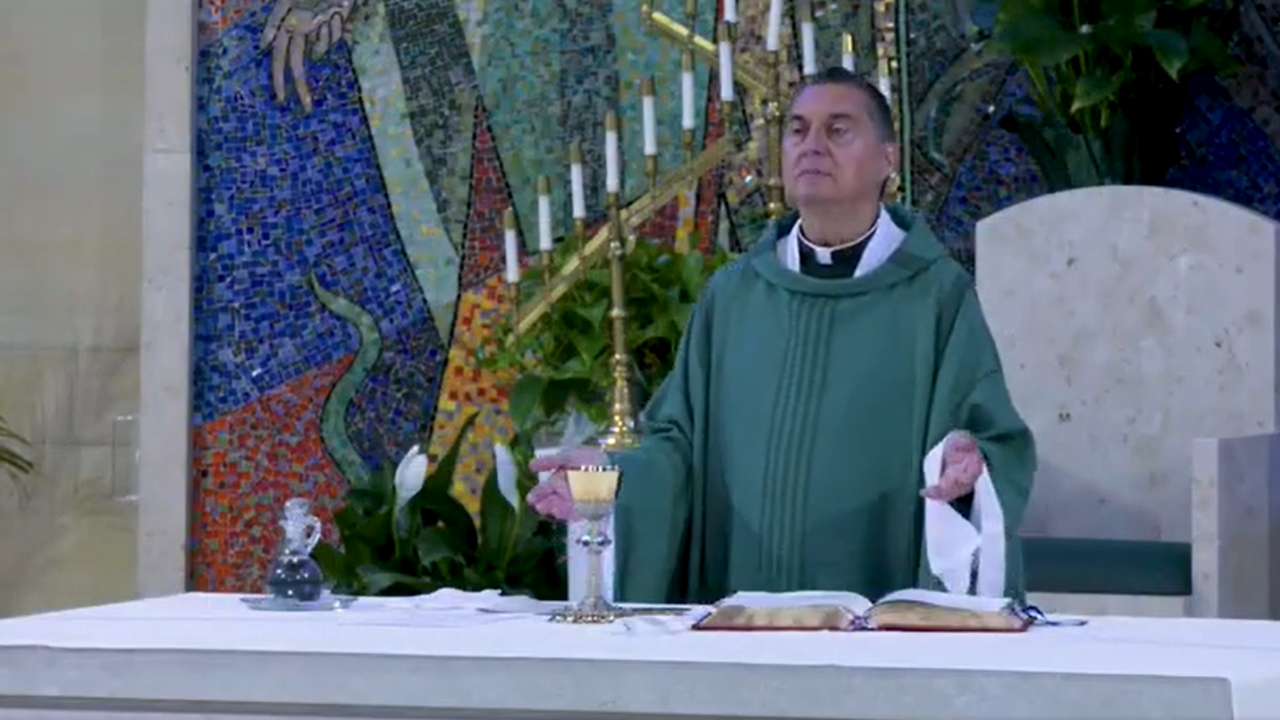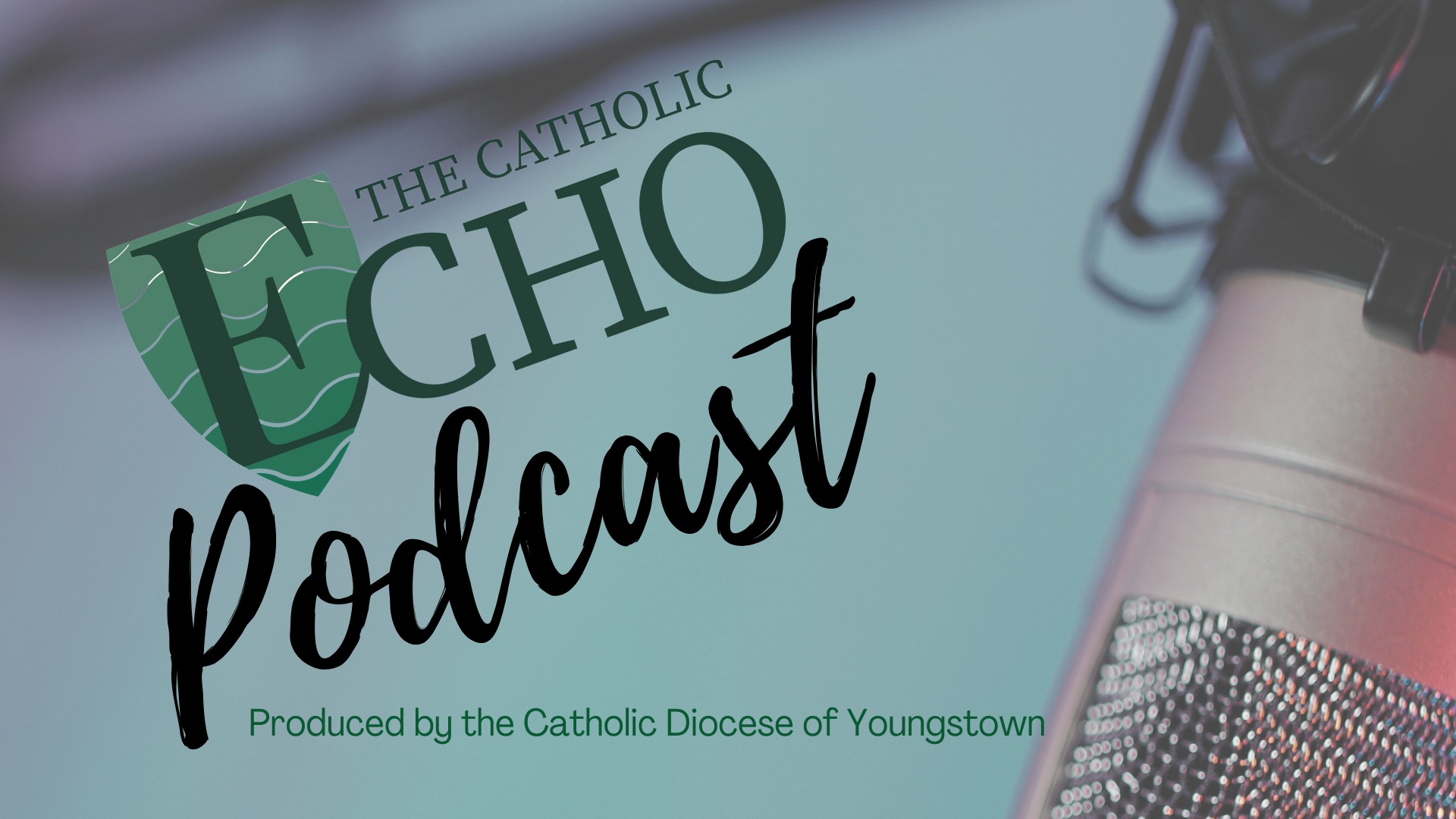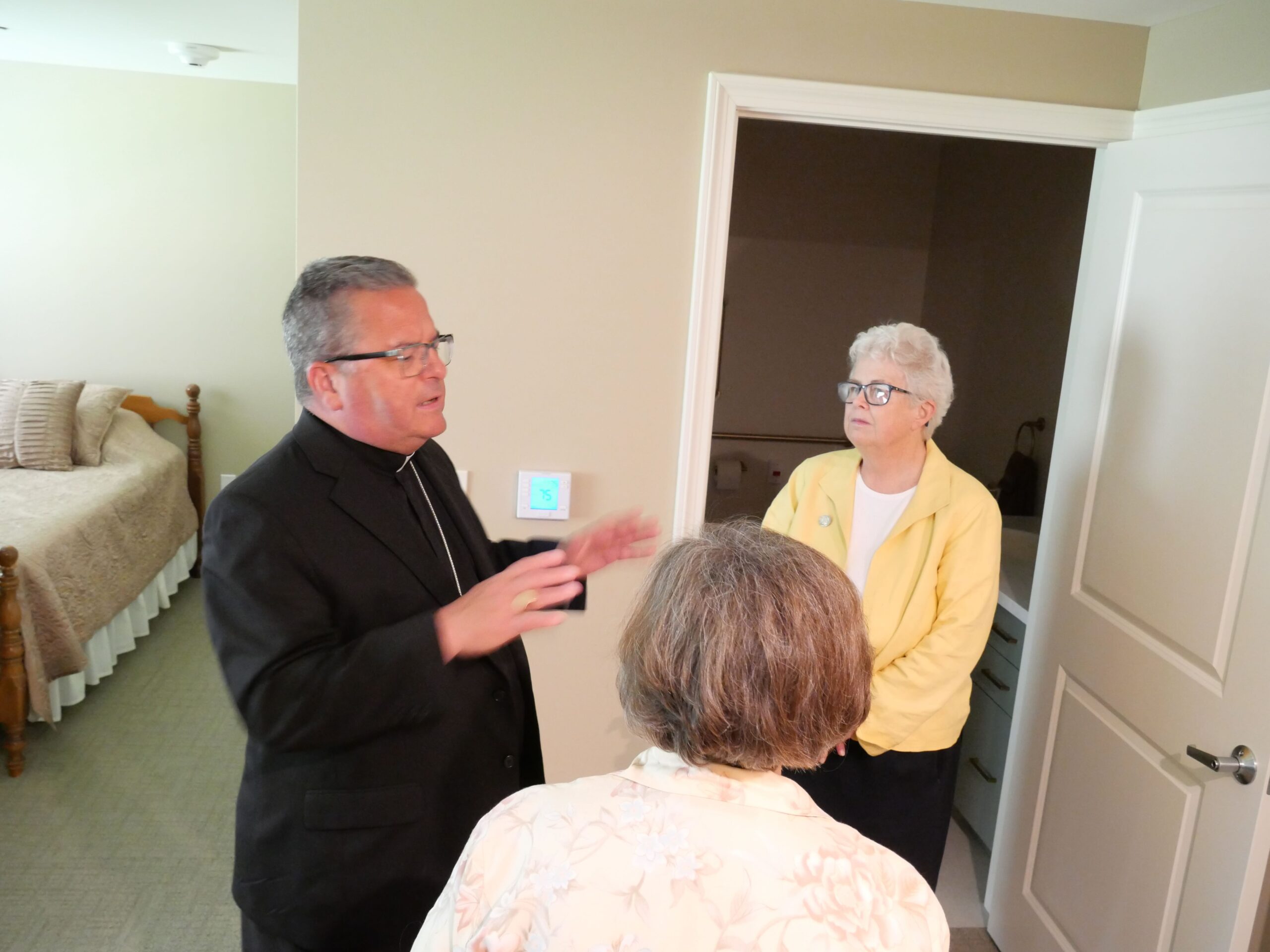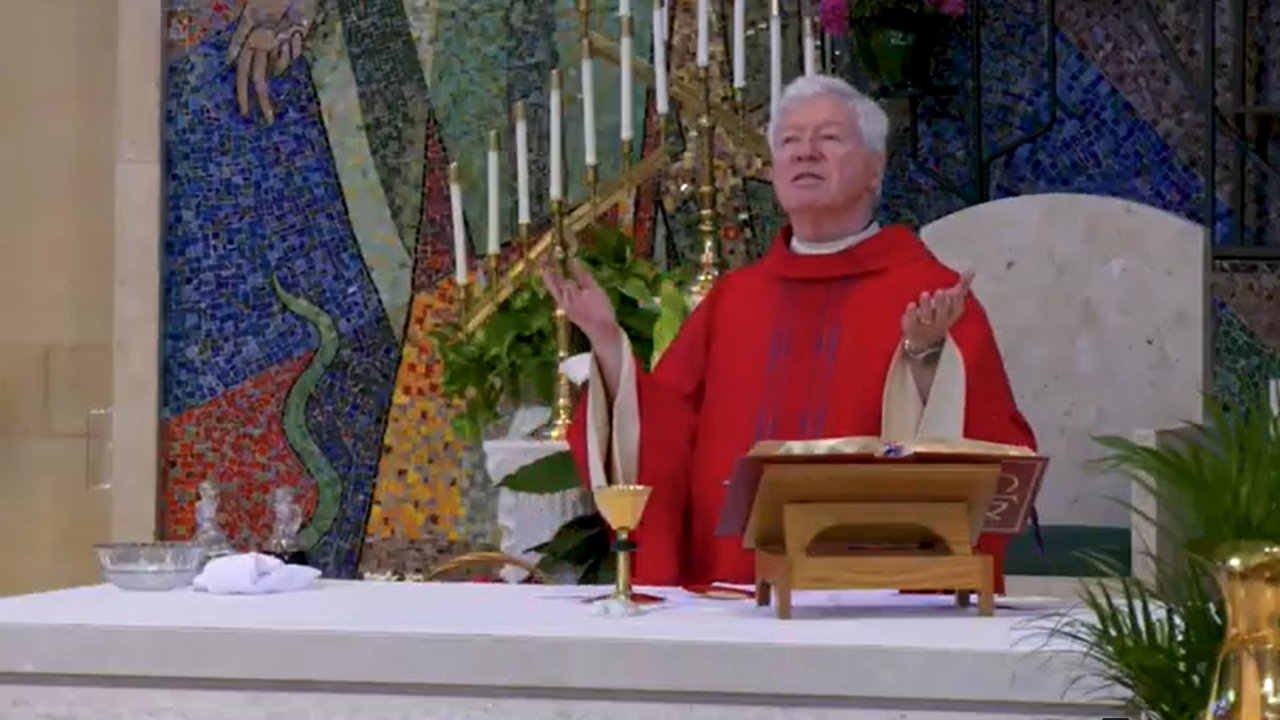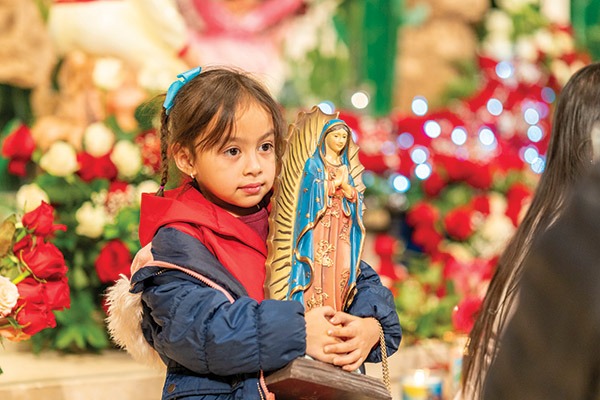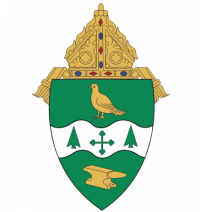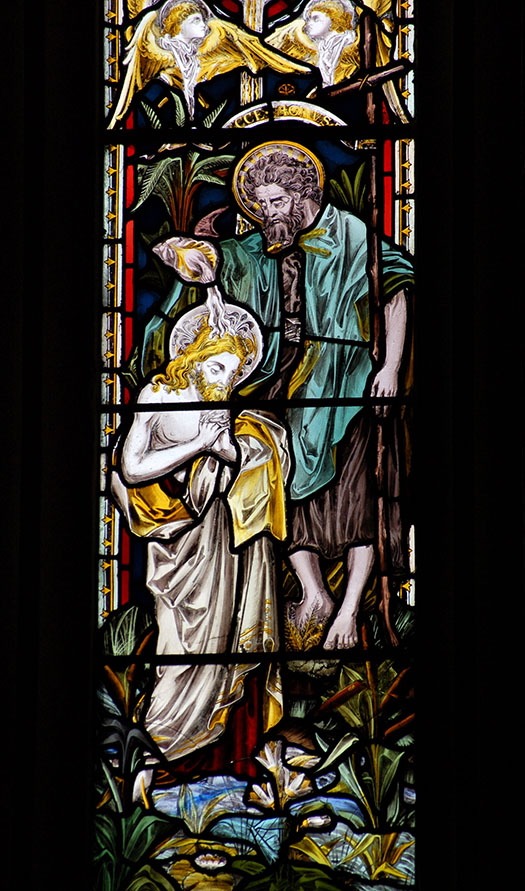
FEAST DAY: JUNE 24
Though his appearances in the Gospels are relatively brief, John the Baptist, the precursor to Jesus, stands as a key figure in Jesus’ story. Jesus, in speaking of John, proclaims, “Among those born of women, no one is greater than John.” John’s ministry was seen as fulfilling biblical prophecy of a prophet sent to herald the Messiah and “prepare the way of the Lord.”
Luke’s Gospel introduces John in the first chapter of his Gospel when the Archangel Gabriel announces to Zechariah, a priest, that Zechariah’s wife, Elizabeth—long believed to be barren—would bear his son, to be named John. That son would “turn many of the children of Israel to the Lord their God.”
Six months later, Gabriel visited the Virgin Mary to announce that she would conceive a child, Jesus, who would “be called Son of the Most High … and of His kingdom there will be no end.” When Mary questioned the news, Gabriel said, “Elizabeth, your relative, has also conceived a son in her old age … for nothing will be impossible for God.” On hearing that, Mary went to visit her kinswoman to tend to her. Elizabeth, filled with the Holy Spirit, greeted Mary: “Most blessed are you among women, and blessed is the fruit of your womb,” referring to Mary as “the mother of my Lord”—noting that at the sound of Mary’s voice “the infant in my womb leaped for joy.”
Three months later, Luke writes, Saint John was born and “the child grew and became strong in spirit, and he was in the desert until the day of his manifestation to Israel.”
Like Jesus, Saint John’s life remains hidden until shortly before the beginning of Jesus’ public ministry—around the year 30 A.D. The Gospel of John reports that “a man named John was sent from God” to testify to the light so that all might believe through Him” because the “true light, which enlightens everyone, was coming into the world.”
Some scholars think that Saint John was a member of the Essenes, a mystic, semi-ascetic, Jewish sect—possibly based in Qumran, where the Dead Sea Scrolls were discovered—who focused on the coming of the Messiah and practiced ritual Baptism. Mark and Matthew’s Gospels describe Saint John as wearing camel skin and a leather belt and eating locusts and honey. All four Gospels, though differing in detail, report that Saint John came to the people of Israel declaring a message of repentance, offering Baptism in the River Jordan for forgiveness of sin and proclaiming himself—citing the prophet Isaiah—to be “the voice of one crying out in the desert: ‘Make straight the way of the Lord.’” Saint John drew multitudes and the attention of Jewish leaders, often giving stern warnings of the people’s sinfulness—even to the Pharisees and King Herod.
Saint John, however insisted that he was not the Messiah, as some thought, or the reincarnation of the Old Testament prophet Elijah, who many thought would foreshadow the Messiah. According to Luke 3:16, Saint John told the crowds: “I am baptizing you with water, but one mightier than I is coming. I am not worthy to loosen the thongs of his sandals. He will Baptize you with the Holy Spirit and fire.”
Then one day, Jesus appeared and sought Baptism from Saint John, who, by some accounts, resisted, seeing himself as unworthy to baptize Jesus—but did so at Jesus’ insistence. According to the Gospel of John, the next time Saint John the Baptist saw Jesus approach, he proclaimed: “Behold, the Lamb of God, who takes away the sin of the world.”
Though many of Saint John’s disciples began following Jesus, Jesus and Saint John the Baptist continued their distinct ministries. According to the Gospel of John, some of Saint John the Baptist’s disciples voiced concern about Jesus and His disciples performing Baptism. Saint John, in response, compared himself to the best man at a wedding who serves the bridegroom, Jesus. “He must increase. I must decrease.”
Saint John the Baptist’s denouncing King Herod for marrying the widow of his deceased brother resulted in his arrest and eventual execution. Yet many of Saint John the Baptist’s disciples continued to revere Saint John and stay together even after Jesus’ death and resurrection—even early into the 2nd century A.D., Saint Paul the Apostle encountered some of Saint John’s followers (Acts 19:2-7).
His feast day is celebrated June 25, but the Church also celebrates August 29 as the feast of the beheading of Saint John the Baptist. In the Youngstown Diocese, the name of Saint John the Baptist is honored in the Basilica of St. John the Baptist in Canton, Saint John Catholic School in Ashtabula and in St. John the Baptist Church in Campbell, part of Christ the Good Shepherd Parish.
In addition, Saint John the Baptist is the patron saint of Bishop-elect John Keehner, who will be ordained and installed as the Bishop of Sioux City, Iowa, on May 1. His episcopal motto will be: “He must increase; I must decrease.”
